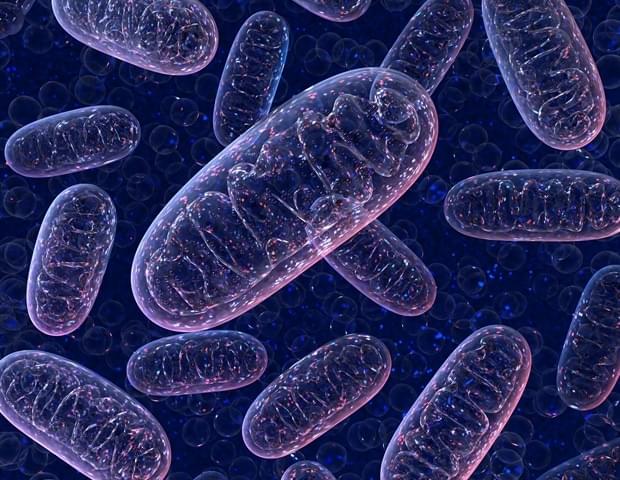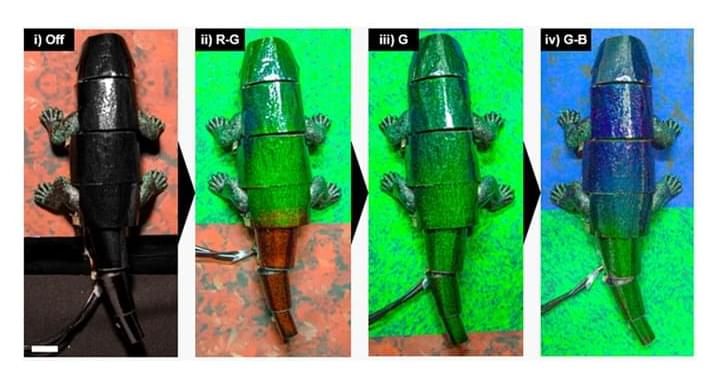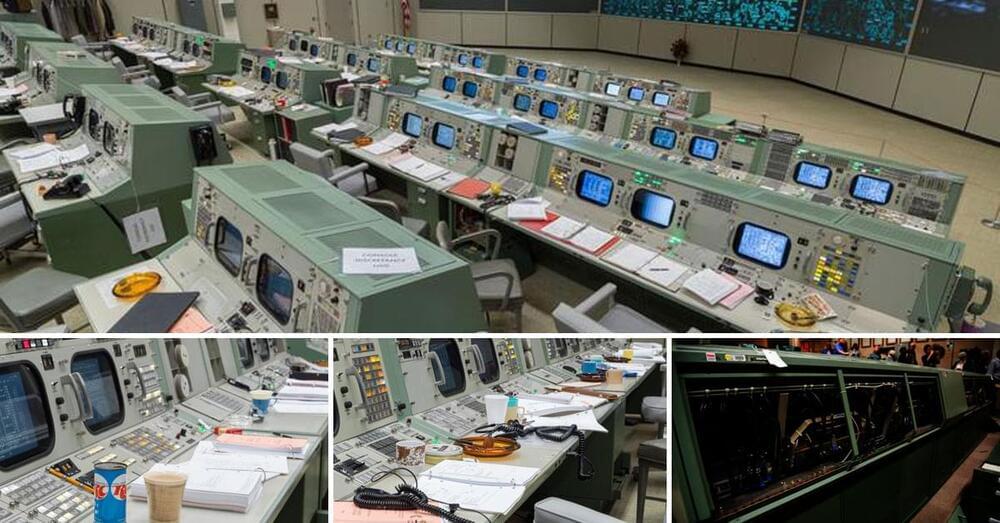It’s one of the most profound innovations of our time — and Manhattan-based Australian Kate Crawford wants us to wake up to AI’s inherent risks.
Get the latest international news and world events from around the world.

Northwestern scientists discover remarkable longevity in a subset of mitochondrial proteins
Northwestern Medicine investigators have discovered that a subset of proteins in mitochondria of brain and heart cells are long-lived, supporting the long-term stability of mitochondrial complex architecture.
The study, published in the Journal of Cell Biology, was led by Jeffrey Savas, PhD, assistant professor in the Ken & Ruth Davee Department of Neurology’s Division of Behavioral Neurology, of Medicine the in Division of Nephrology and Hypertension, and of Pharmacology.
Previous work led by Savas discovered that nuclear pore complex proteins in post-mitotic neurons are exceptionally long-lived and persist for months in mouse and rat brains. These proteins, termed long-lived proteins, or LLPs, provide long-term stability and structure to the nuclear pore and subsequently to the nuclear envelope of neurons; however, this concept had never been considered for other intracellular organelles, until now.


Ingenuity’s Flight 12 was a Tricky one, Flying Over Hazardous Terrain
The Ingenuity helicopter on Mars has now completed its 12th flight, where it acted as a scout, looking ahead for dangerous terrain for it’s partner in crime, the Perseverance rover.
The 4-pound autonomous rotocraft climbed over almost 10 meters (33 ft) high, and traveled a total of 450 meters (1,476 ft) in 169 seconds. It flew over the over an area dubbed the ‘South Seitah’ region of Mars, where Perseverance will explore.
“A dozen for the books!” said JPL on Twitter. “The Mars helicopter’s latest flight took us to the geological wonder that is the ‘South Seitah’ region.”
China’s 2nd spacewalk outside Tiangong space station! See the highlights
Astronauts Nie Haisheng and Liu Boming performed a spacewalk outside the Tiangogng space station core module Tianhe on Aug. 20 2021. See the highlights here.
Credit: Space.com | footage courtesy: China Central Television | produced & edited by Steve Spaleta (http://www.twitter.com/stevespaleta)
Aaron Schacht — EVP, Innovation, Regulatory + BD, Elanco — Well-Being Of Animals, People And Planet
Advancing the well-being of animals, people and the planet — aaron schacht — executive vice president, innovation, regulatory & business development, elanco.
Aaron Schacht is Executive Vice President: Innovation, Regulatory + Business Development at Elanco (https://www.elanco.com/), an American pharmaceutical company which produces medicines and vaccinations for pets and livestock, and which until 2,019 was a subsidiary of Eli Lilly and Company.
Prior to this, Mr. Schacht held a role of Global Brand Development Leader – Pain in Lilly Biomedicines. He was the global leader for product development and commercialization activities for Lilly’s novel CGRP neutralizing antibody – a new potential treatment for prevention of Migraine and Cluster Headache.
In 2,012 Mr. Schacht joined Lilly Biomedicines as Senior Advisor – Strategy & Business Development for Lilly BioMedicines. His responsibilities included oversight of Therapeutic Strategy development, R&D Portfolio Management, and Business Development for Lilly BioMedicines – Lilly’s largest business unit. Past roles included serving as Executive Director, Global External R&D, at Eli Lilly and Company, where he was responsible for implementation of strategies which aim to leverage novel approaches to external partnerships to augment Lilly’s access to pharmaceutical innovation as well as Executive Director of LRL (Lilly Research Labs) Strategy, Portfolio Management and Project Management where he was responsible for strategic planning, R&D portfolio and project management. Prior to these roles, he was Director, Innovation Center in the eLilly organization where he focused on the exploration, incubation and implementation of new business models and capabilities relevant to the strategic evolution of the pharmaceutical industry.
In 2,002 during a short leave from Lilly, Mr. Schacht was co-founder, President and CEO of Artesian Therapeutics, a Gaithersburg, MD cardiovascular drug discovery start-up.

NASA reopened the Apollo mission control after a restoration back to its Apollo-era configuration
NASA reopened the Apollo mission control center after a complete restoration.
The goal was to transform the room back to its Apollo-era configuration.
From ashtrays to coffee mugs to clothing items…
The pencil sharpener is my favorite detail.
Demonstration of World Record: 319 Tb/s Transmission over 3,001 km with 4-core optical fiber
Researchers from the National Institute of Information and Communications Technology (NICT, President: TOKUDA Hideyuki, Ph.D.), Network Research Institute, succeeded the first S, C and L-bands transmission over long-haul distances in a 4-core optical fiber with standard outer diameter (0.125 mm). The researchers, lead by Benjamin J. Puttnam, constructed a transmission system that makes full use of wavelength division multiplexing technology by combining different amplifier technologies, to achieve a transmission demonstration with date-rate of 319 terabits per second, over a distance of 3,001 km. Using a common comparison metric of optical fiber transmission the data-rate and distance produce of 957 petabits per second x km, is a world record for optical fibers with standard outer diameter.
In this demonstration, in addition to the C and L-bands, typically used for high-data-rate, long-haul transmission, we utilize the transmission bandwidth of the S-band, which has not yet been used for further than single span transmission. The combined 120nm transmission bandwidth allowed 552 wavelength-division multiplexed channels by adopting 2 kinds of doped-fiber amplifier together with distributed Raman amplification, to enable recirculating transmission of the wideband signal. The standard cladding diameter, 4-core optical fiber can be cabled with existing equipment, and it is hoped that such fibers can enable practical high data-rate transmission in the near-term, contributing to the realization of the backbone communications system, necessary for the spread of new communication services Beyond 5G.
The results of this experiment were accepted as a post-deadline paper presentation at the International Conference on Optical Fiber Communications (OFC 2021).

Canada: Police drone hits plane approaching runway; ‘major damage’ reported
Drone accidentally hits plane causing major damage.
I wonder if we’re going to see more of these incidents in the future.
An aircraft attempting to land at Buttonville, an airport with proximity to Toronto’s suburbs, sustained “major damage” after being hit by a York Regional Police (YRP) drone earlier this month. Strangely enough, the country’s air navigation service provider, NAV Canada, was not even informed of the police drone operation.
The pilot thought the plane must have hit a large bird and proceeded to land. There was no change in configuration or power since they were about 500 feet above ground level and landing was imminent. The report reads: